This blog was written by Kevin Martin, a 2nd year PhD student in the REAL Centre and CEDiR Centre at the Faculty of Education, University of Cambridge. Kevin has worked in international development in East Africa for 18 years. This blog is part of a series from the REAL Centre reflecting on the impacts of the current COVID-19 pandemic on research work on international education and development.
Access to quality education remains a persistent challenge for rural communities in East Africa. Weak infrastructure and the polemics of economic status have always been barriers, but now the impact of COVID 19 has increased this gap in access, further exposing multidimensional systemic inequalities.
My doctoral research is focused on understanding this multidimensional inequality with greater nuance. I am collaborating with adult subsistence farmers across central Kenya who face the myriad challenges of poor infrastructure, poverty and varied levels of literacy. My research goal is to determine how mobile technology can and should be used to support the existing small group dialogic education which is the primary means of continuing education for these farmers. These groups range from a collection of neighbouring farmers who meet to discuss maize planting, to a table banking cooperative, to the local Mother’s Union that guides new mothers.
In the wake of COVID-19’s presence in Kenya this research has taken on a sense of urgency. Social distancing measures have reduced the opportunity for these small groups to meet, for a time even suspending this network of small group education altogether. As I write this article, some small groups have the option to meet again, but they still face COVID-19 related limitations on group size, curfews and travel restrictions. This reduction of peer-to-peer small group education has potentially dire consequences: central Kenya is currently experiencing the worst locust infestation in modern history, and the inability for these small groups to meet regularly curtails the primary mechanism for spreading the education required to fight this infestation, threatening regional food security.
Potential solutions to this challenge are comprised of tools which support the face-to-face dialogue displaced by social distancing. Some of these tools, like WhatsApp, were already commonly used. I spoke with a farmer last week who described the cattle related WhatsApp group he started with his neighbours. The neighbours contribute advice, provide encouragement and share jokes – a typical WhatsApp group. Other tools, like the now ubiquitous Zoom, are new. The farmer group I work with, The International Small Group and Tree Planting Program (TIST), is already circulating hard-earned best practices for Zoom meetings conducted via mobile phone over unreliable cellular connections. The TIST meetings certainly lack the rhythm of a face-to-face discussion (participants occasionally loose connection and drop out), but given enough time and patience, it works.
My visits to Kenya have been put on hold, and these same tools have saved my research agenda. WhatsApp and Zoom are now fundamental elements of my methodology, allowing my research to continue apace. In many ways this has improved the quality of my research: my new reliance on tools like WhatsApp and Zoom have given me a deeper understanding of the affordances offered by these platforms in the context of these rural communities.
However, like all technological solutions, these tools are only of benefit to those who are fortunate enough to have access. And whilst Kenya has seen dramatic increases in the use of mobile technology, access in rural communities is still a consistent problem. The extent of this problem is poorly understood, and available data can be misleading due to the difficulty of gathering information in rural areas. To address this discrepancy, my early research has been focused on documenting the actual state of mobile technology access.
Early analysis of the data indicate that mobile phone access is not ubiquitous. Whilst handset ownership stands at 93%, only 63% of rural Kenyans have access to the mobile network from their village (a surprising 24% must walk 3 km for network access). For those fortunate enough to own a mobile phone and have reliable network access, chances are the phone is an older ‘feature’ phone, incapable of little more than SMS and voice calls. Even if a smartphone is owned, only 36% keep enough phone credit available to do anything more than send a handful of SMS messages. I could go on, but the point is made – challenges to mobile technology access are many and take on a variety of forms.
These access challenges not only limit mobile technology’s ability to overcome social distancing at a meaningful scale, they also pose design limits to any education platform meant to operate using mobile technology in East Africa. This demonstrates that sadly, technology is not a panacea, and there is a need for the types of low-tech solutions discussed in an earlier blog in this series – No-tech Solutions to Continue Learning: an Example from Afghanistan. To address these access challenges my own research has pivoted to investigate educational platforms built entirely on SMS capabilities. SMS carries the greatest promise of technological access and widespread scale, and for the past few weeks I have been collaborating with farmers to see how SMS can be better leveraged to support small group dialogue.
Finding ways to support this disrupted small group dialogue is important because these groups provide more than a means of continuing education: they are a crucial element in the kind of transformative education called for by the SDGs. This was highlighted during recent interviews I conducted with Kenyan farmers, where I sought to better understand the nature of the dialogic interactions within small groups. An emergent theme from these conversations was the role of dialogue in creating a sense of dignity: the farmers talk about the power of dialogue not in the opportunity to speak, but in the opportunity to be heard and appreciated for one’s contribution. The farmers call this ‘kujengana’ – to build one another up – a vital precept for these extraordinary times.
Data for this post was taken from a survey of 3,200 subsistence farmers across 11 counties covering central Kenya. This survey was conducted as part of Kevin’s doctoral research.

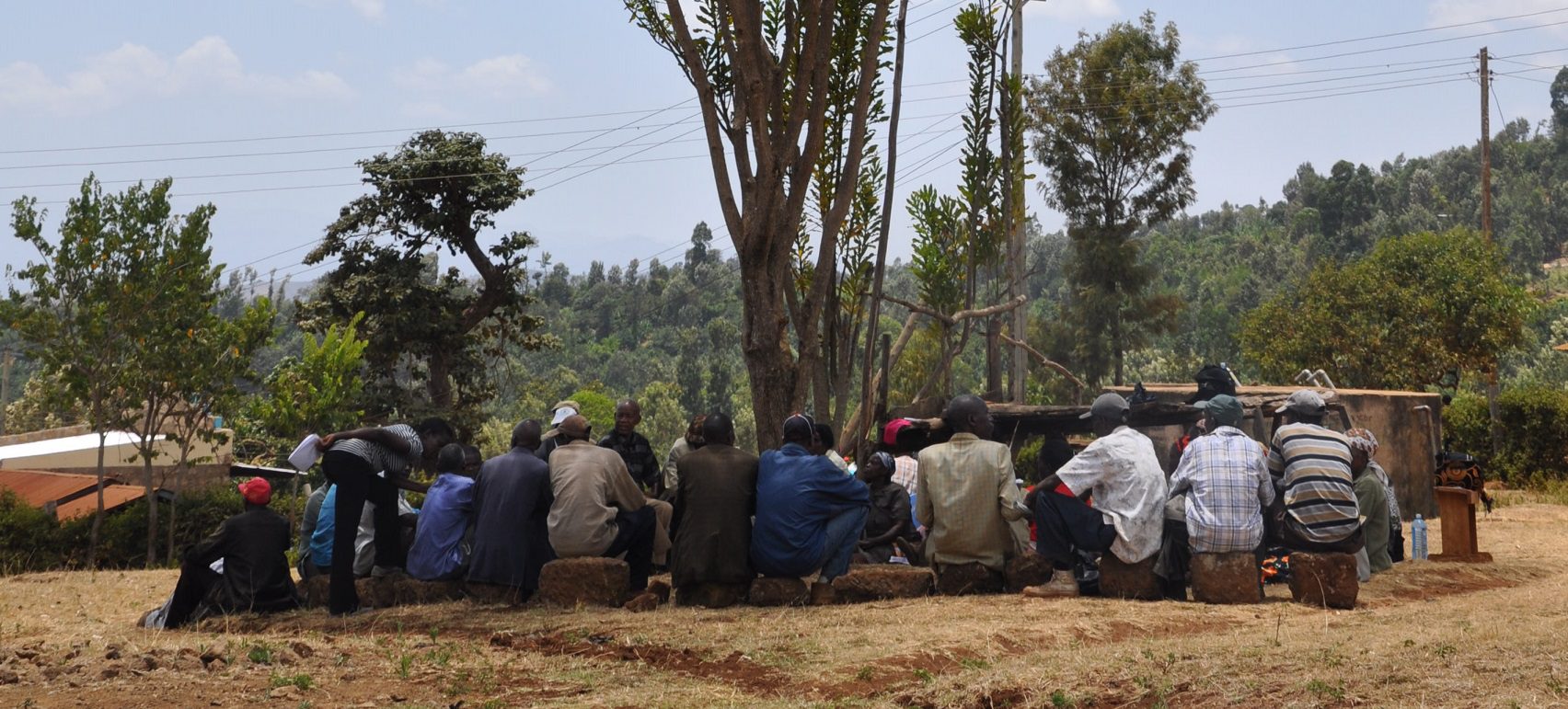
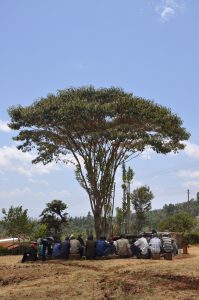

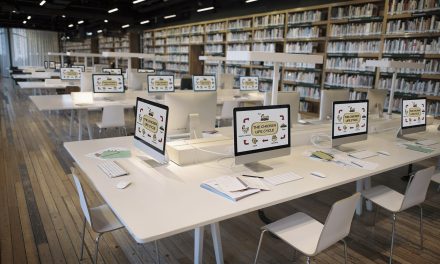
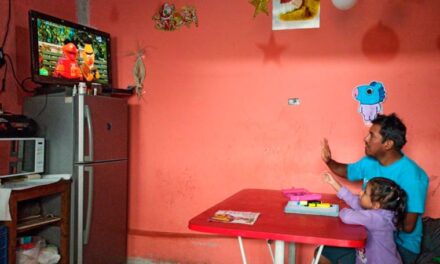
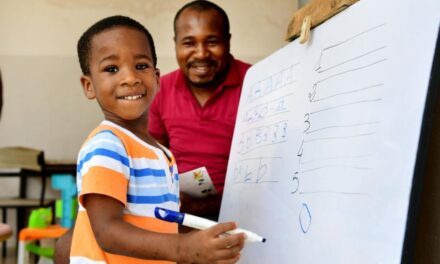
Nice Blog ! Keep sharing